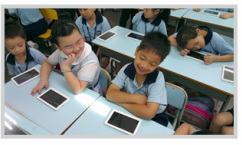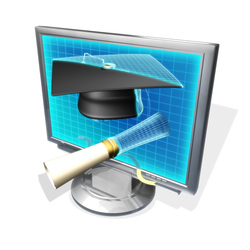This semester seems to have flown by, and been jam-packed! Sometimes I’m not sure how I’ve actually made it through without letting something completely fall and crash. While there have certainly been some slips, I have somehow managed to catch them all and get them where they belong.
At the beginning of the semester, terms like RSS-feeds, Delicious, blogs, and screencasting were all academic vocabulary to me or part of my personal social-media life, rather than part of my professional toolbox. Over the course of the semester, however, I have now integrated RSS-feeds and blogs into both my personal and professional life. Additionally, I have incorporated VoiceThread into all three of my content areas in what I believe to be effective and engaging way.
One problem that I currently have, however, is that students often resist my attempts to flip my classroom using notes delivered via VoiceThread or Prezi, or to create a communicative writing experience using blogs. It is my intention to incorporate these elements from the beginning of my classes in the fall. If these become part of the course requirements from the beginning, students will hopefully be more accepting. Additionally, as I gain experience and as students learn more about using technology to increase their own learning and engagement, they will also learn more about themselves and what they need to become successful.


 RSS Feed
RSS Feed
